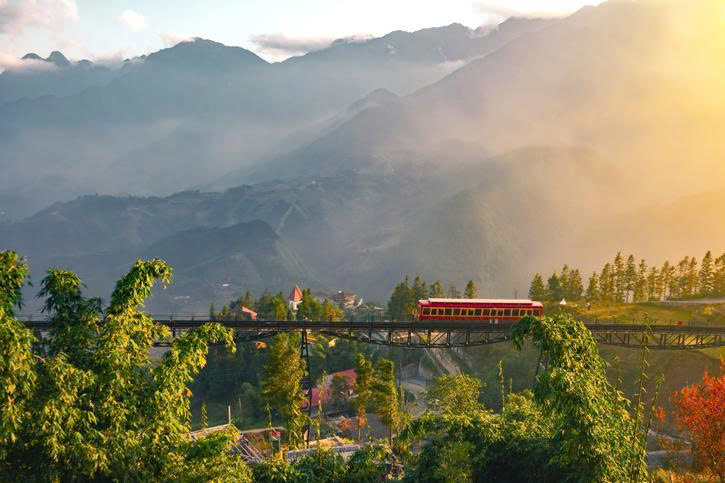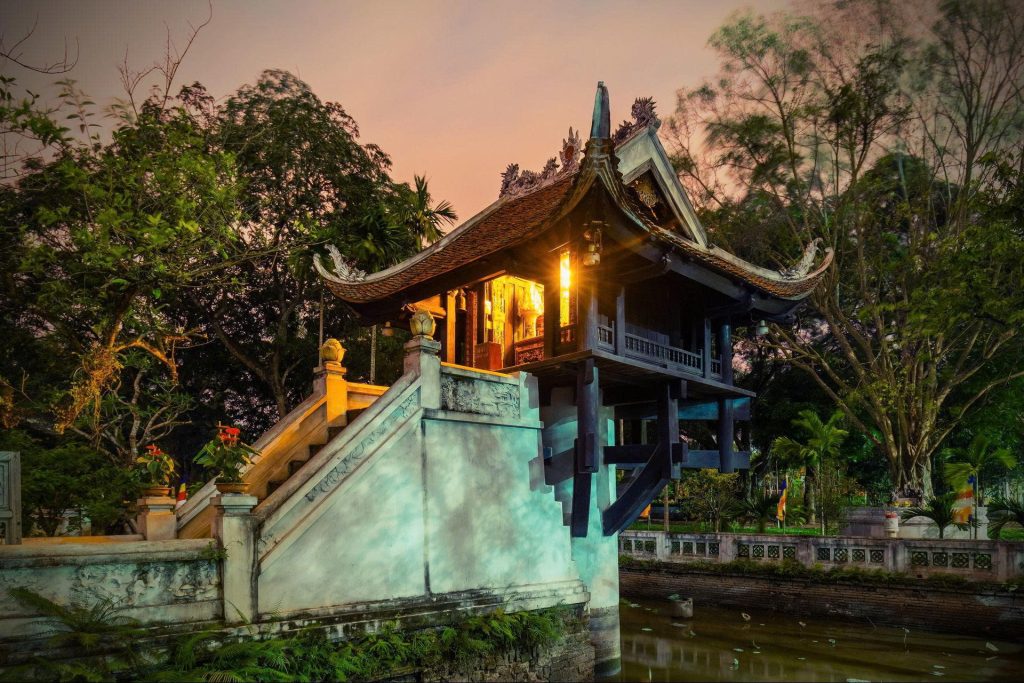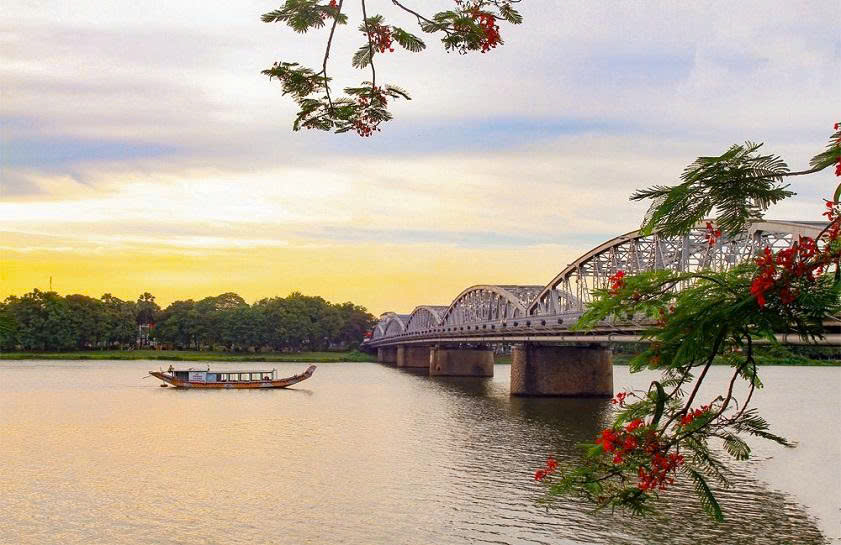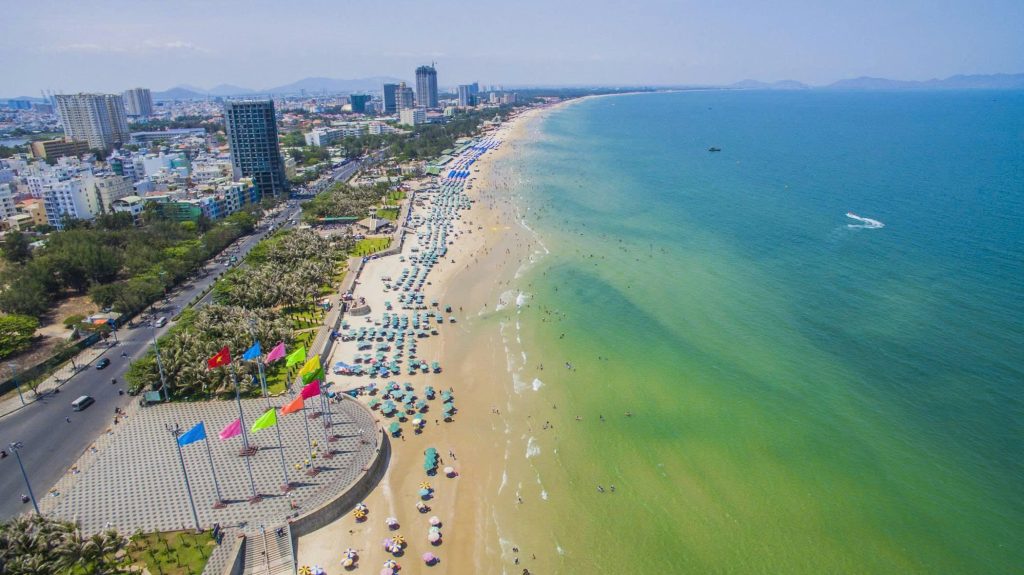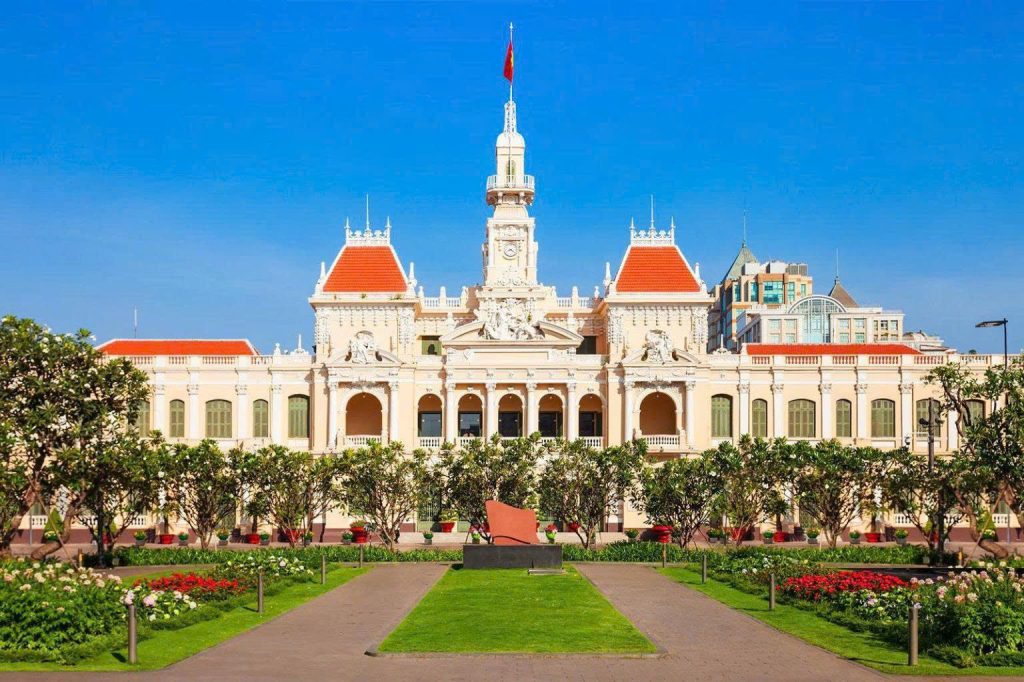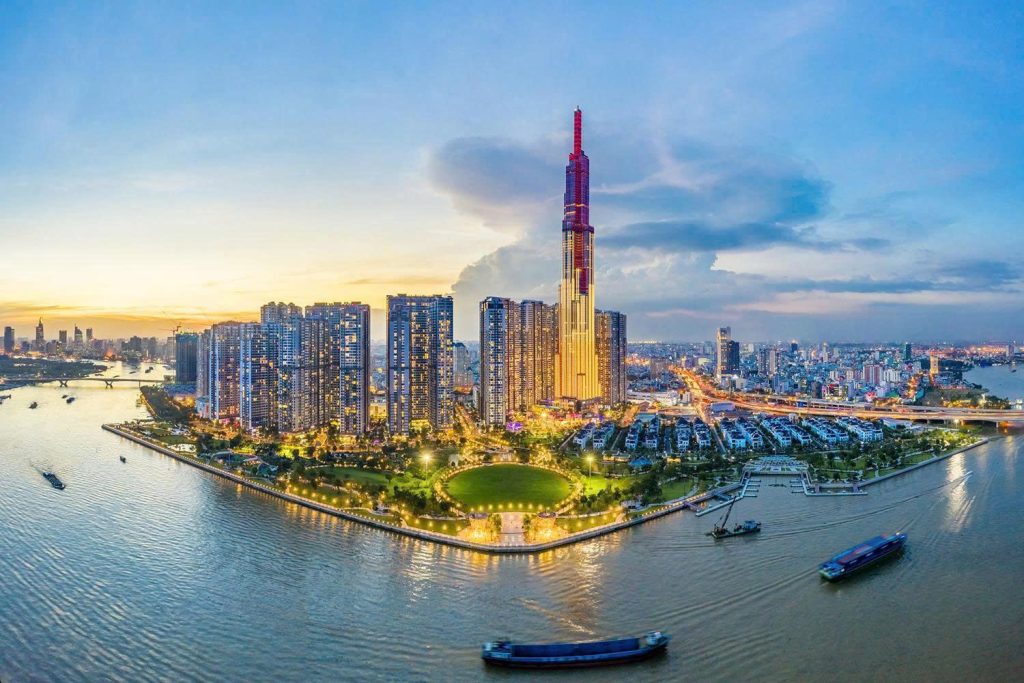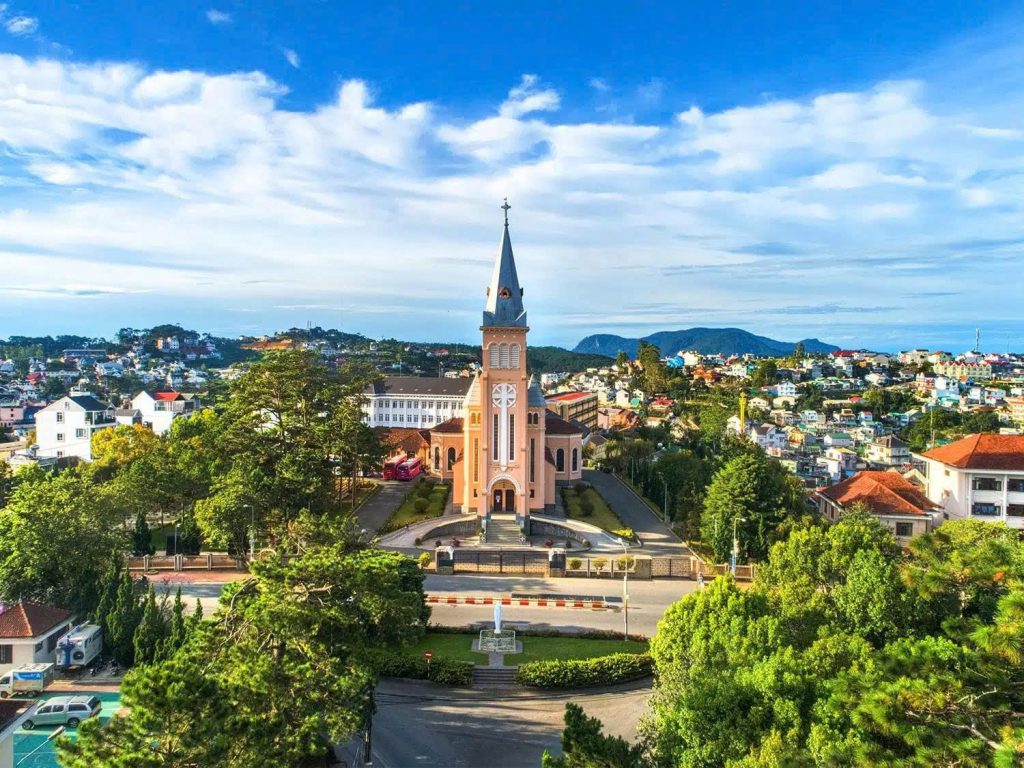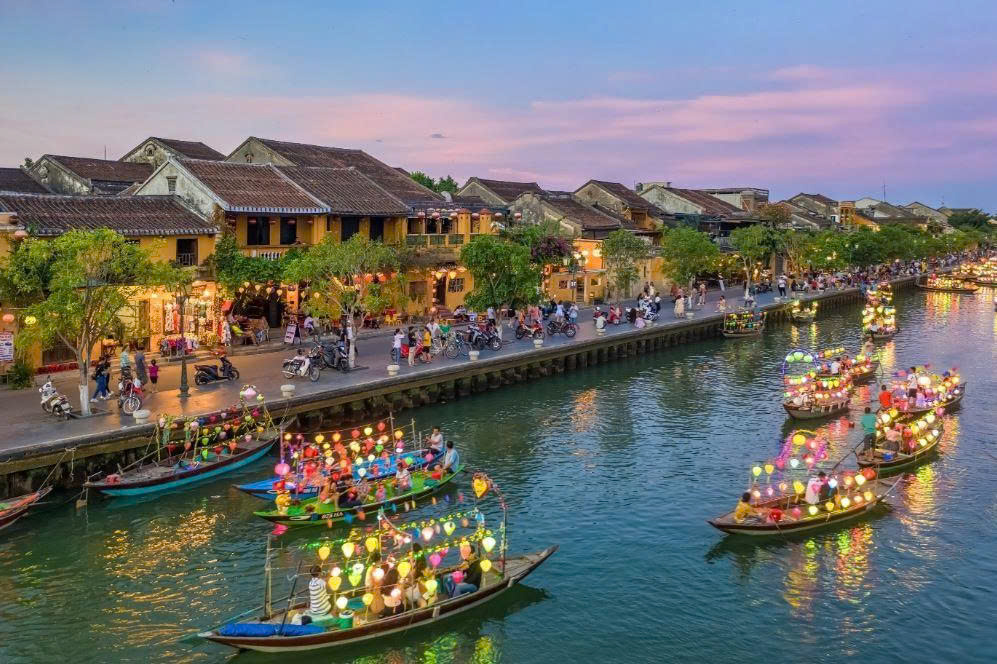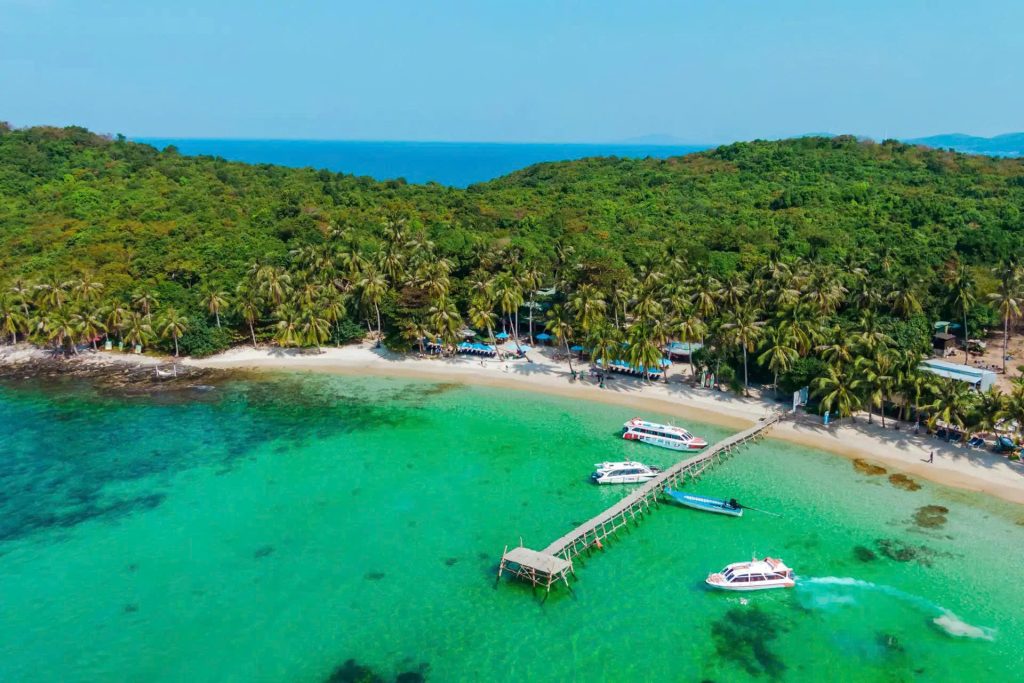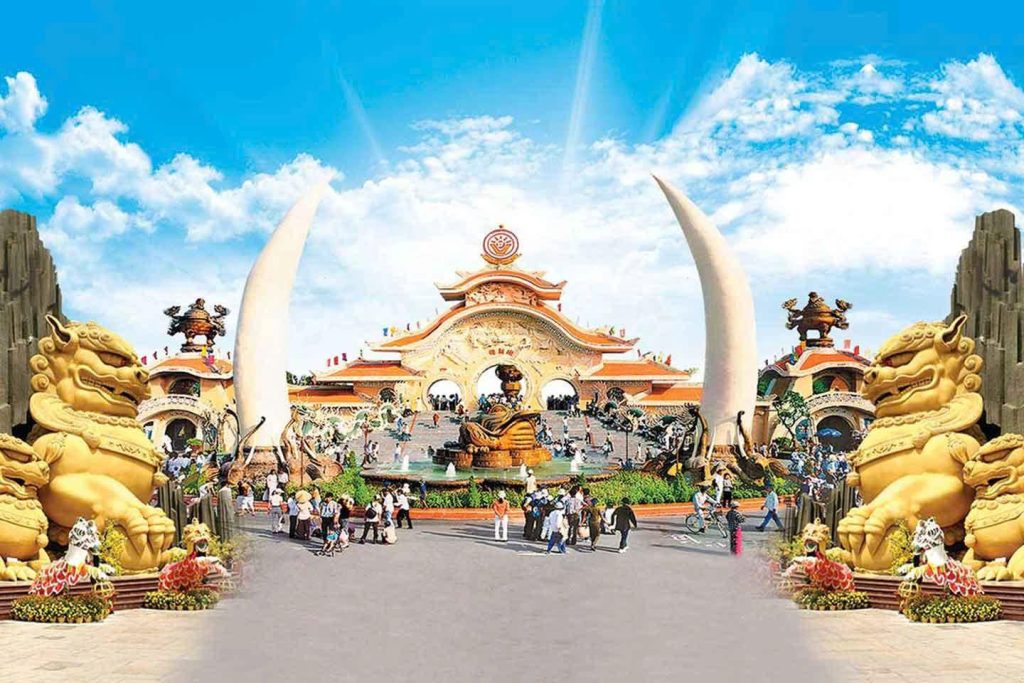Are you ready for an unforgettable journey through the heart of Vietnam? While planes offer speed, there’s nothing quite like the rhythm of a train to truly connect with the country’s soul. An overnight sleeper train experience in Vietnam is a unique and essential part of any traveler’s itinerary. It’s a journey that saves you time and money, offers breathtaking views, and immerses you in the local way of life.
This guide will walk you through everything you need to know, from choosing the right cabin to booking your tickets and preparing for a comfortable trip.
Why Choose a Sleeper Train? A Journey Beyond Just Getting There
Before we dive into the details, let’s explore why so many travelers choose to spend a night on the tracks.
- Cost and Time Efficiency: An overnight train ticket often costs less than a flight and a night’s hotel stay combined. By traveling while you sleep, you maximize your daylight hours for sightseeing.
- A Unique Perspective: As you travel, you’ll witness the changing landscapes of Vietnam—from bustling cities to tranquil rice paddies and misty mountains. The Reunification Express (the main north-south railway line) offers an unparalleled view of the country.
- Authentic Travel: It’s a chance to meet fellow travelers and friendly locals, sharing a space and a journey. You’ll hear the vendors selling snacks and drinks at each station, experiencing a genuine slice of Vietnamese life.
Popular Routes for Your Night Train Adventure
Vietnam’s railway system, managed by Vietnam Railways, is a vital artery connecting the country. While many routes exist, a few are particularly famous among tourists.
1. Hanoi to Sapa (Lao Cai)
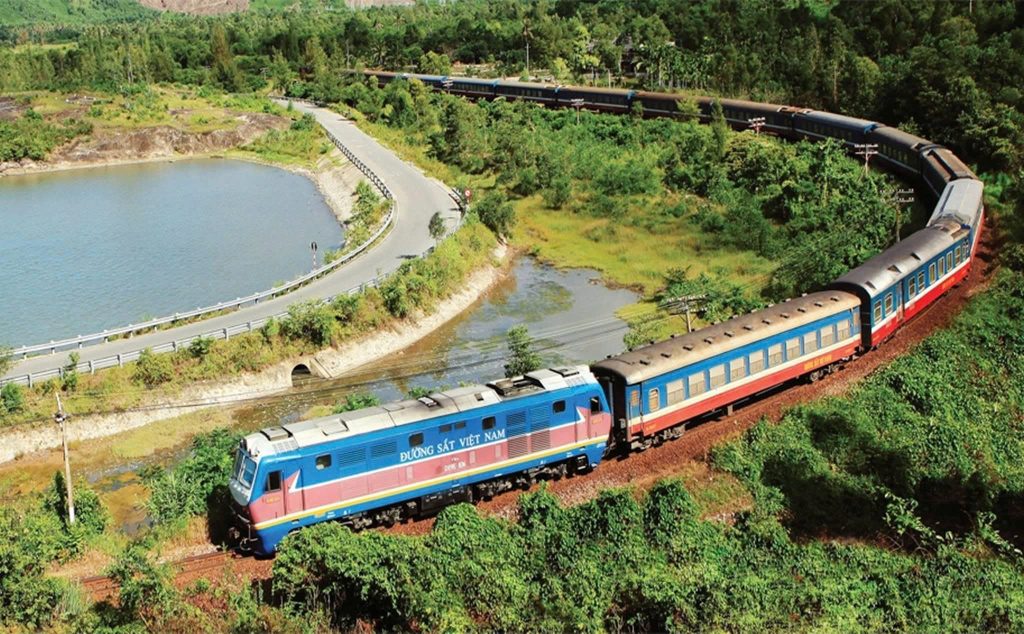
This is arguably the most popular sleeper train route. The journey takes approximately 8-9 hours and is the gateway to the stunning rice terraces and ethnic minority villages of Sapa. You can choose between two main types of trains:
- Public Trains: Run by Vietnam Railways, these are the standard choice with various ticket classes.
- Tourist Trains: Operated by private companies like Victoria Express, Fanxipan Express, or Laman Express. These offer more luxurious, well-maintained cabins, typically with 2 or 4 soft berths, and better amenities. They are a significant upgrade in comfort and cleanliness.
2. Hanoi to Hue / Da Nang
A longer but incredibly scenic journey. This route is famous for passing through the Hai Van Pass, one of the most beautiful coastal roads in the world. The train hugs the mountains on one side and the stunning ocean on the other, though you’ll be traveling at night. You can book an early morning arrival to catch the sunrise over the bay.
3. Ho Chi Minh City to Nha Trang / Da Nang

This route connects Vietnam’s southern metropolis to its coastal gems. The journey to Nha Trang takes around 8-9 hours, making it a perfect overnight trip to enjoy the beaches. For Da Nang, the journey is longer, around 16 hours, but it’s a direct link to a thriving tourist hub.
Decoding the Train Cabins: What to Expect
Understanding the different cabin types is crucial for a good night’s sleep. Here’s a breakdown of the common options on Vietnam’s sleeper trains.
Hard Sleeper (6-Berth Cabin)
- Description: This cabin has three stacked beds on each side, making it a shared space for up to six people. It’s the most budget-friendly option. The space can be a bit cramped, especially if you’re tall.
- Amenities: Each bed comes with a thin mattress, a pillow, and a blanket. There is a small window and a communal light.
- Best for: Backpackers, solo travelers on a tight budget, or groups of friends who book all six beds.
Soft Sleeper (4-Berth Cabin)

- Description: A more comfortable and popular choice. This cabin has two sets of bunk beds, with two on each side. The beds are wider and more comfortable than the hard sleeper.
- Amenities: You get more personal space, a small table, a reading light for each bed, and a power outlet. It offers a much better level of privacy.
- Best for: Most travelers, couples, or small families.
VIP Sleeper (2-Berth Cabin)
- Description: The most luxurious and private option. These cabins are essentially a 4-berth cabin converted to hold only two people. The beds are wider, and the space is exclusive to you.
- Amenities: You get the same amenities as the soft sleeper, but with more room and privacy. Some private operators offer complimentary snacks and water.
- Best for: Couples, travelers seeking privacy, or those who prioritize comfort above all else.
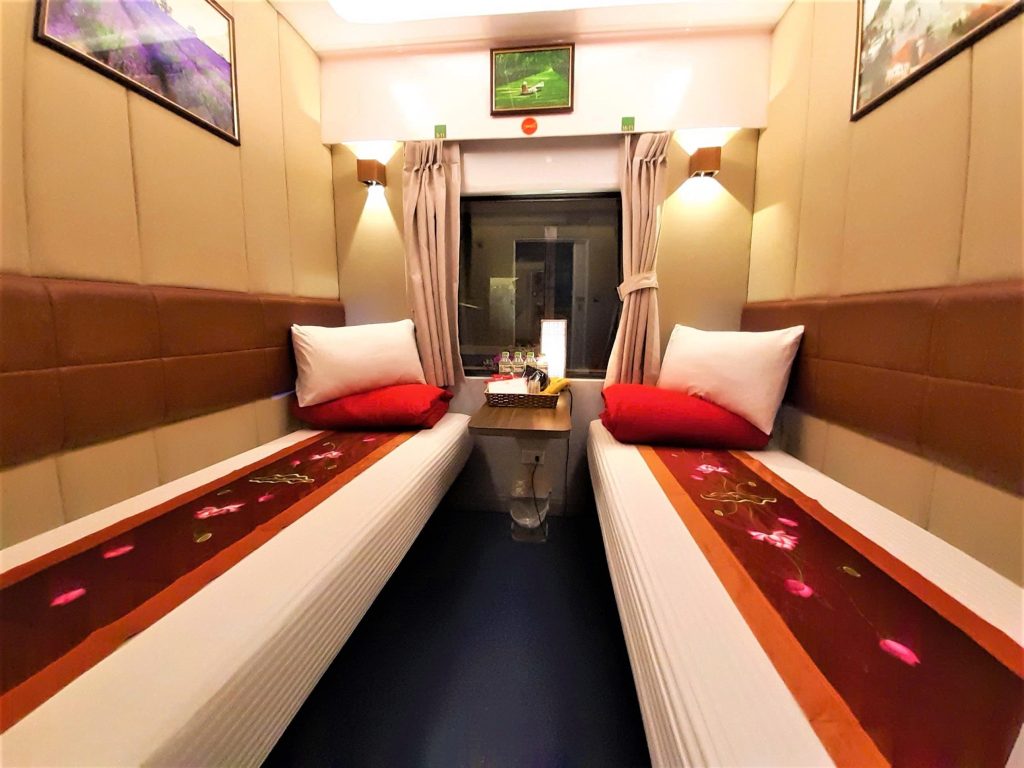
The Practical Guide: Booking Your Tickets and What to Pack
How to Book Your Tickets
- Online Booking: The most convenient way. You can book directly on the Vietnam Railways website (Tổng công ty đường sắt Việt Nam – Bán vé tàu trực tuyến) . For a more user-friendly experience and better English support, use trusted third-party platforms like 12go.asia or Baolau. These platforms often allow you to see seat availability and ticket classes in one place.
- At the Train Station: You can buy tickets directly at any major train station, such as Hanoi Railway Station or Saigon Railway Station. This is a good option if you are booking last-minute, but popular routes can sell out quickly, especially during holidays like Tet (Vietnamese New Year).
- Through a Travel Agent: Local tour operators and travel agencies often sell train tickets as part of a package.
Pro-Tip: Book your tickets at least a few weeks in advance, especially for the Hanoi-Sapa route and during peak travel seasons.
RELATED: A Definitive Guide to Vietnam Tourism: North- Central & South
Essential Packing List for a Sleeper Train

- Water and Snacks: While there is a dining car and vendors on the train, it’s always a good idea to pack your own water and favorite snacks.
- Warm Clothes: The air conditioning can be quite cold, so a light jacket or a warm sweatshirt is highly recommended.
- Personal Items: Bring your own wet wipes, hand sanitizer, and toilet paper.
- Valuables: Keep your valuables (passport, wallet, phone) in a small bag that you can keep with you at all times, even when you sleep.
- Entertainment: A good book, headphones, or a fully charged power bank will make the journey more enjoyable.
RELATED: Best Time to Visit Vietnam 2025: Weather by Month & Travel Tips
Taking a sleeper train in Vietnam is more than just a means of transportation; it’s a vital part of the adventure. It’s about slowing down, watching the world go by, and arriving at your destination feeling refreshed and ready to explore. By understanding the options and preparing for the journey, you’ll be set for a truly memorable experience.

